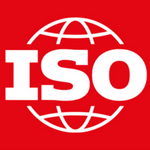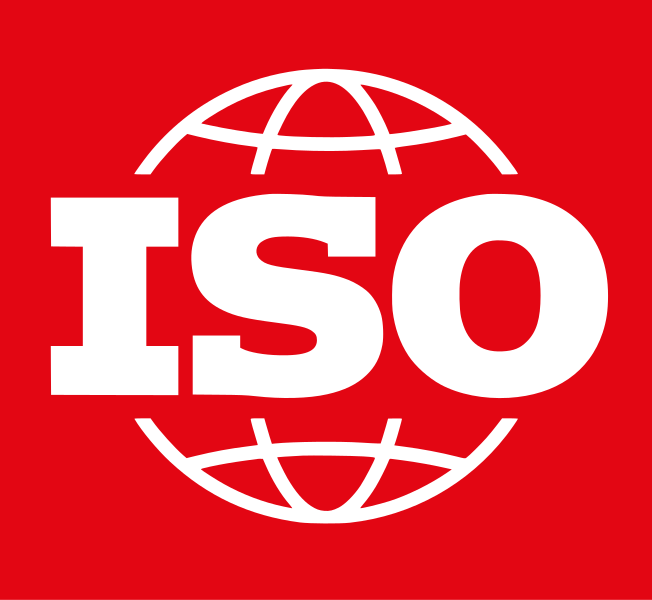Information technology — Security techniques — Privacy engineering for system life cycle processes
This document provides privacy engineering guidelines that are intended to help organizations integrate recent advances in privacy engineering into system life cycle processes. It describes:
— the relationship between privacy engineering and other engineering viewpoints (system engineering, security engineering, risk management); and
— privacy engineering activities in key engineering processes such as knowledge management, risk management, requirement analysis, and architecture design.
The intended audience includes engineers and practitioners who are involved in the development, implementation or operation of systems that need privacy consideration, as well as managers in organizations responsible for privacy, development, product management, marketing, and operations.











